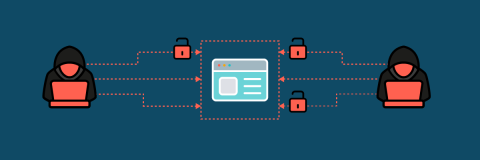CrowdStrike to Acquire Flow Security, Sets the Standard for Modern Cloud Data Security
I’m thrilled to announce CrowdStrike’s agreement to acquire Flow Security, a pioneer in data security posture management (DSPM) and the industry’s first and only cloud data runtime security solution. With this acquisition, CrowdStrike is setting the standard for modern cloud security with complete real-time data protection spanning endpoint and cloud environments, delivering the only cloud data protection platform that secures data both at rest and in motion.











